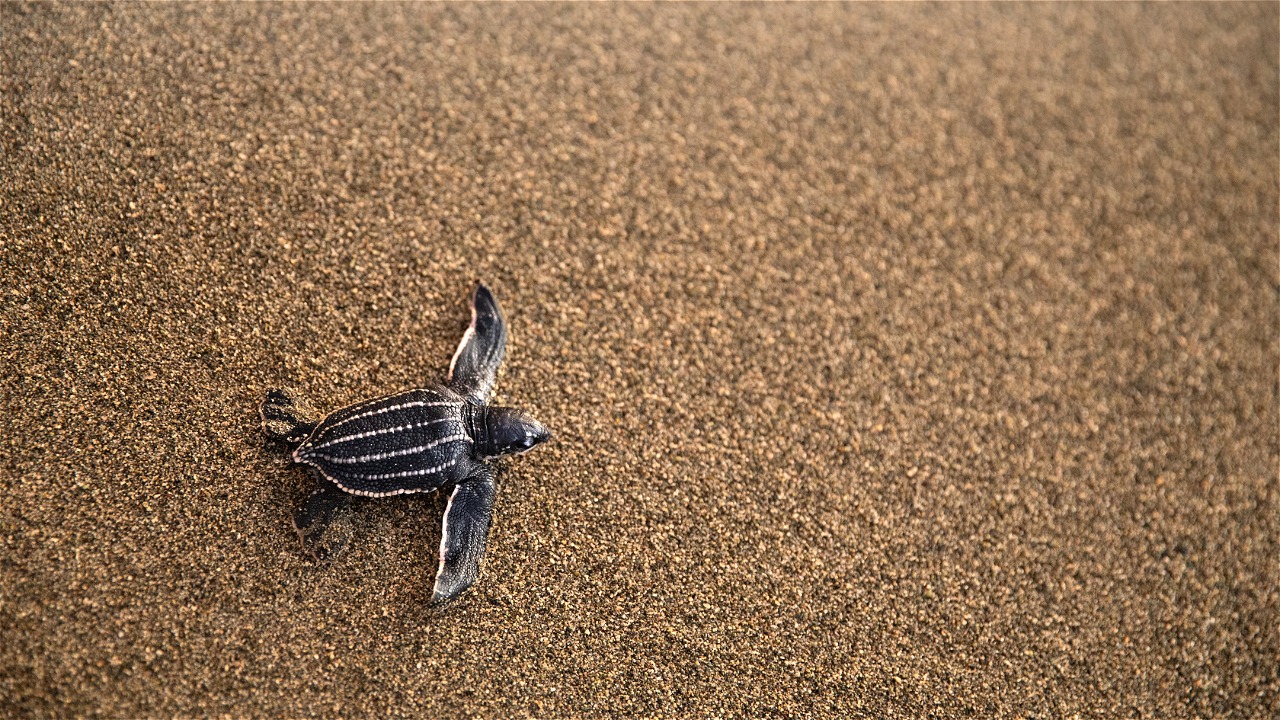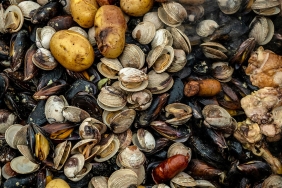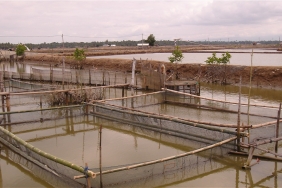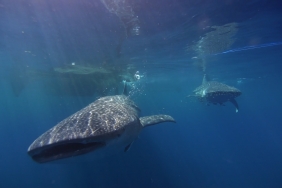WWF JOINS COMMUNITY TO RELEASE 468 HAWKSBILL TURTLE HATCHLINGS ON HOAT ISLAND, SOUTHEAST MALUKU
By: Alan Batkormbawa (Yamdena MPA Site Representative WWF-Indonesia Inner Banda Arc Subseascape)
"When I came to the island, the turtles have gone up 5 times," said Mama Ina through the phone line on Tuesday, February 20, 2018. Mama Ina is a member of the Jejaring Penyu Lestari group, which is a group assisted by WWF-Indonesia. In addition to seaweed cultivation, this group is also committed to protecting and monitoring the activities of nesting turtles on Hoat Island, Manyew District, Southeast Maluku.
The trip to Hoat Island took 30 minutes by speedboat from Ohoi Dian Pulau, one of the villages in Hoat Sorbay District, Southeast Maluku. That afternoon, the weather was hot and the sea water was calm, a good day to release Hawksbill turtle hatchlings (Eretmochelys imbricata). "A total of 6 turtle rides this month and a total of 468 hawksbill hatchlings that have hatched from three existing nests," explained Mama Ina Letsoin.
Hoat Island is included in the KKP3K-TPK Kei Kecil Island, Islands and Surrounding Waters which is a nesting area for sea turtles in Southeast Maluku. Understanding the habit of sea turtles that often climb and lay eggs, there is an information board on the island to record sea turtle activity. This has been done by the Turtle Lestari Network Seaweed Fishermen's Group since 2010.
"So we do monitoring by recording the type of turtle, the size of the carapace, the location of the nest, the estimated time of climbing to the beach, the number of eggs, and the number of eggs that successfully hatch," explained Mama Ina Letsoin, a member of the group.
At 5:30 pm the sun began to set on the western horizon, a good time to release the hatchlings. We headed to the east coast of Hoat Island, escorted by Mama Ina Letsoin and several members of the Hoat Indah Seaweed Fishermen Group. The total number of Hawksbill Turtle hatchlings successfully hatched and released on Hoat Island during the period May 2017 to February 2018 was 1,045. WWF-Indonesia IBAS, together with the local government and related stakeholders, always provide socialization on handling sea turtles and releasing hatchlings according to procedures.
Muhamad Iqbal, Fisheries Assistant WWF-Indonesia IBAS, explained how to release hatchlings to the sea, "So if release hatchlings, do not hold the hatchlings, let them move by themselves. If you want documentation, don't use blitz because it will obscure the hatchlings' view."
Southeast Maluku Regency, which consists of a group of islands located in the northeastern waters of the Banda Sea and includes the World Coral Triangle (Coral Triangle) is a migration route , feeding area, and nesting area for several species of sea turtles such as Hawksbill Turtle (Eretmochelys imbricata) and Leatherback Turtle (Dermochelys coriacea). On the other hand, fishing activities are still one of the threats to sea turtle survival. Cases of turtles becoming bycatch (bycatch) to the slaughter of turtles for consumption or sale are a serious threat to turtles.
Mama Ina Letsoin, Mama Lin Letsoin and the Turtle Lestari Network Seaweed Fishermen Group are examples of coastal communities who care about turtle conservation. Guidance and empowerment to the community in conservation must continue to be carried out because the majority of coastal communities in Southeast Maluku are fishermen so that interaction with marine species, especially protected ones, is very high. Coastal communities should be the spearhead and main key in conservation because the management and sustainability of natural resources are in the hands of coastal communities. Let us together protect sea turtles by not catching, consuming, and trading protected species for the sake of the balance of the aquatic ecosystem!





